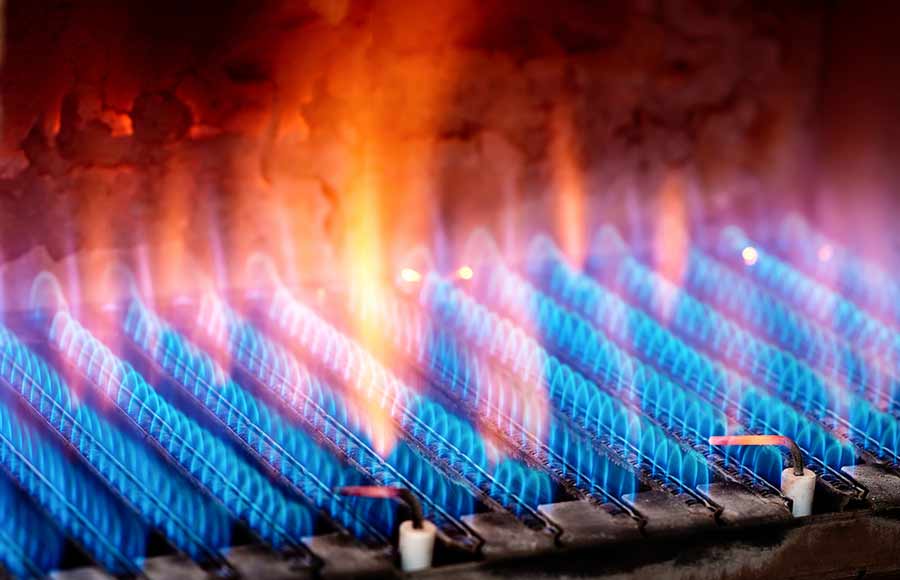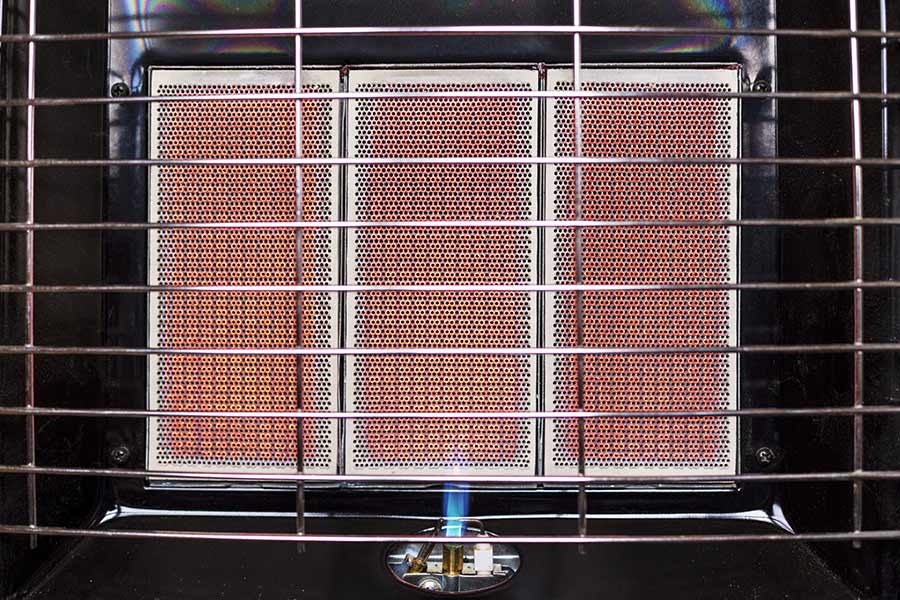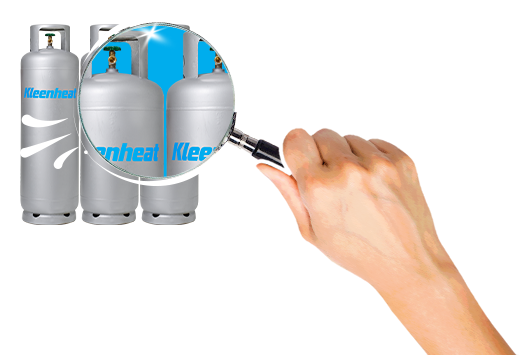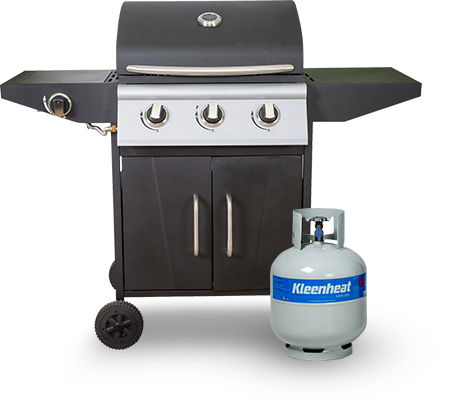Simple tips for safe and functional gas appliances
When was the last time you checked your gas appliances?
As gas is flammable, you should always take the maintenance and upkeep of your gas appliances seriously. Check out our tips for how to maintaining your gas appliances for a safe and efficient household.
Maintain appliances to keep you safe 
It’s important to maintain gas appliances in your home, not only for your own safety but also for appliance longevity and to ensure they are running as efficiently as possible so you can save on gas bills.
Gas appliances should only ever be serviced and repaired or replaced by a qualified gasfitter.
While older appliances often need regular checks, all maintenance should follow the manufacturer’s guidelines by a licensed professional. Be sure to keep a record of all appliance services. Remember, if you smell gas around your gas appliances, it may be hazardous, so follow our safety procedures.
Inspections help maintain and keep you safe
If you are already having trouble with a gas appliance, most licenced gasfitters will offer a free health check as part of a quote for the repairs required.
Ideally arranging for a service of your appliance on an annual basis or every two years will avoid any costly repairs in the longer term.
A regular service will also help uncover any issues or ways to improve efficiency, so it’s worth getting your appliances checked according to the recommended inspection dates per appliance.
In and around your home – cooktops, ovens and water heaters 
It’s easy to become complacent when using gas at home. Many stoves, water heaters and ovens will self-ignite with a switch, or with a hand-held igniter, and operate smoothly.
But like any appliance, regular and ongoing usage of gas appliances can contribute to breakages, inefficiencies and sometimes potential hazards.
In the kitchen, if the gas cooktop flame is yellow or orange instead of blue, you might have an irregular gas flow, which could mean a leak or blockage.
Additionally, if your gas oven or appliances aren’t lighting properly, it’s possible there is a leak. Keep an eye on the quality and age of your appliances and if you notice rusting, cracking, calcifying or faults, arrange for a licenced gasfitter to inspect it.
If your hot water takes a while to heat up or stops heating water altogether, it’s time for a health check of your hot water system.
On average, it’s best to arrange for a hot water system health check every 10 years. It’s an investment that could help you save on gas and water bills in the long run.
And remember, if you ever pick up a smell around your home gas appliances and think it could be a gas leak – there are some important steps you should follow.
Gas heaters 
If you use a gas heater in your home, ensure it’s been certified by the Australian Gas Association and displays plates indicating it meets current emissions standards.
All types of gas heaters should be serviced a minimum of every two years by a licenced gasfitter, who can also test for any carbon monoxide spillage.
Gas appliances outside your home – your gas meter and gas cylinders
Natural gas meter
If you use natural gas, it’s important to know where your natural gas meter is located at your house, in case you ever need to access it.
For most properties, your gas meter will be located in a metal box at the front or side of the house. If you are spending several days away from home, it’s a good idea to turn off your gas at your natural gas meter or gas cylinders as part of a basic safety routine.
Gas cylinders
For households in areas serviced by gas cylinders, daily activities depend on a constant and reliable gas flow for washing, cooking, cleaning and heating.
Cylinders must be inspected and tested by a suitably qualified person every 15 years, as out-of-date cylinders cannot legally be filled. Look for the test date stamp on your cylinders to check the last time it was inspected. 
While most households make use of two 45kg gas cylinders, don’t fall into the habit of relying on one cylinder when the other runs empty. These handy tips will help you understand how to check your home’s gas cylinder levels and ensure your installation is safe and secure.
Kwik-Gas
If you use Kwik-Gas cylinders for your barbecue or outdoor heater, or rely on gas (LPG cylinder or natural gas) for your household energy, there are a few things you need to be aware of so you can guarantee a constant, reliable gas flow and the safe use of your gas cylinders and appliances. 
A quick check of your home’s barbecue cylinder will help ensure your safety when cooking in the backyard or on the road.
All Kleenheat Kwik-Gas cylinders are checked as part of the standard refilling process, so you can rest assured cylinders are in good condition for your next cook-up.
Just remember to always perform a safety check of the nozzles, hoses and connection points when connecting your Kwik-Gas to your barbecue.
Renovations and DIY
If you have tradespeople operating on your property or have DIY plans that might affect gas and water plumbing or electricity, you should also be aware of how this might affect your safety or may disrupt your (and your neighbours) usage for that period of time.
Remember to visit Before You Dig Australia.